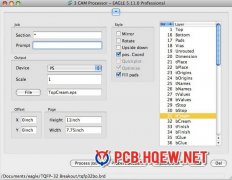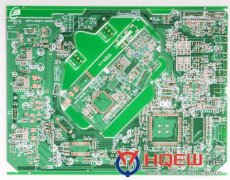
Printed Circuit Board History
Starting in the 1940s Printed circuits were first used in the 1940s to connect discrete components together. By the 1960s, PCBs were widely used in all electronic systems, but still mostly connecting discrete components. Integrated circuits (chip) were emerging and added to the boards, and by the 19...
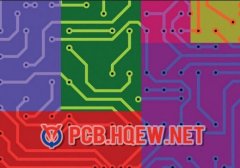
Printed Circuit Board Overview
A circuit board is a card made specially for attaching electronic components. The board is made of a material that does not conduct electricity, like fiberglass or plastic. Parts are then attached to this base using a conductive bonding material. This allows electricity to travel from one part to ano...

PCB Prototype History
From 1957, China’s high tech electrical device development has experienced the mimicry stage, the stage of micro-innovation in the PCB prototypes and rapid development which are three stages. The first phase is from 1957 to the mid of 1960s which is the imitation stage. The beginning of the PCB pr...
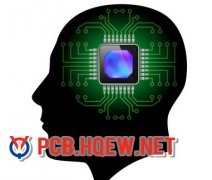
PCB Prototype Trend
Designing the best Printed circuit boards or Prototype PCBs is continuously becoming a tough task to do for designers nowadays. The consecutive development of board designs along with the change of the demands of the end-users continue to push the designers and make them create new trends when it com...
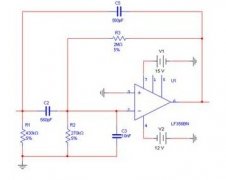
Why Prototype?
There are six main reasons to prototype: 1. Fail early and inexpensively:Real innovation always includes a risk of failure. By building a prototype, you can quickly weed out the approaches that don’t work to focus on the ones that do. 2. Gather more accurate requirements: Almost half of all proj...

What is PCB Prototype?
Though the PCB design flow can be split a number of ways, it is best to think of it as having two fundamental stages: Prototyping and Product Development. Prototyping occurs at the earliest stage of design and involves individual engineers researching how to define a certain system or application. T...

PCB Manufacturing Problem Testing
If solderability is in doubt, a simple test is to stencil solder paste on a bare board and then reflow it without components. If the joints look good, but there is still doubt, have a testing lab do an X-ray to determine copper content of the solder or other potential causes of poor solderability. If...

Protective Process and Solderability Testing
When the electroplated tin/lead has been removed, the board is electrically complete. Solder mask is applied to seal out Contaminants. Applying Solder Mask; Hot Air Surface Leveling (HASL) or Organic Coating Solder mask can be dry film or liquid. Both are photoimageable and require a very clean envir...
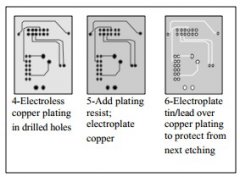
The Subtractive Process
After the substrate has been made, drilling machines bore holes of different diameters in the exact locations on the board. These holes are called vias. These vias are where circuits electrical connections are created between different layers of the board. Next, an image of the circuit pattern is tra...
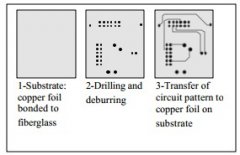
Substrate Manufacturing Overview
Substrate is manufactured from thin sheets of a dielectric material bonded to a sheet of electrically conductive material. illustrates the first three steps of circuit board fabrication. Sub1 FR4 is the most common substrate used in printed circuit boards. Epoxy resin is used to bond fiberglass to...

